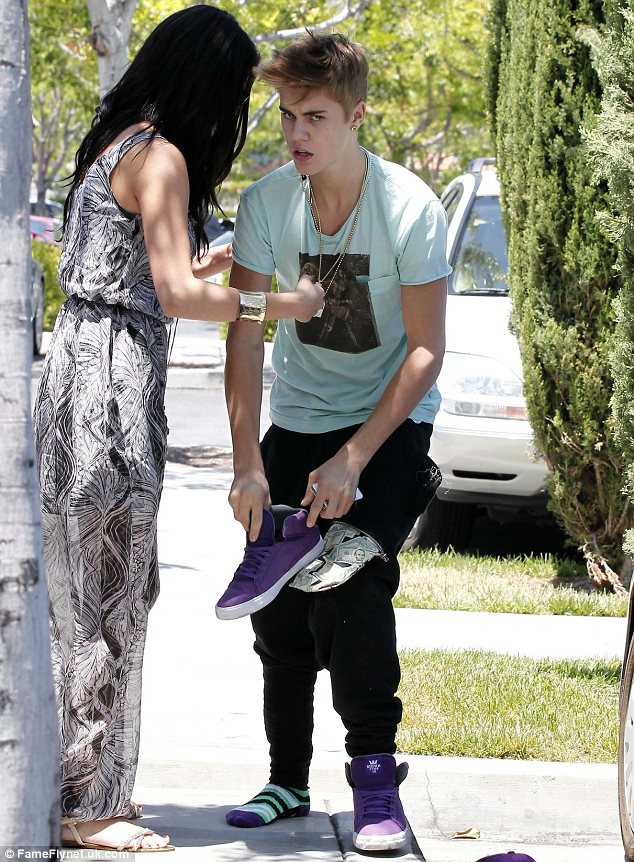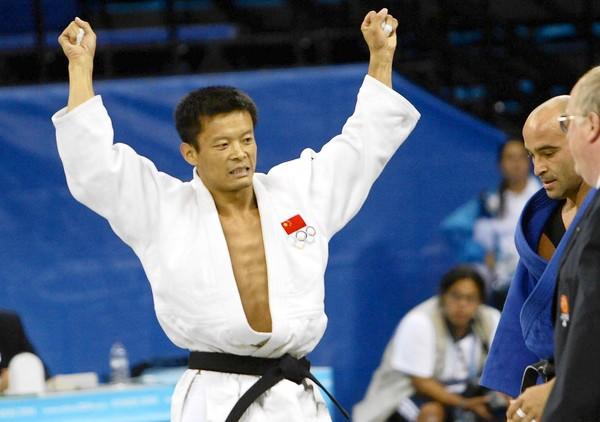By guest blogger Eric Goulard
Eric Goulard is a nonverbal and body language expert as well as Humintell’s France affiliate. He offers online education and resources in the field of non-verbal communication through his website Non-Verbal.info. Below is the 2nd part to his insightful comments on gestures and body language.
Political Communication
Photograph of Russian Vladimir Putin show male power (0:48).
Click here to view the embedded video.
The next 2 pictures delineate a very interesting posture: The boss at work! Their gestures including their feet give a clue:


These feet tell the story: this is the president’s office. The president is “at home”, on his territory. As any mammalian, the dominant need more space, they want to be seen as larger, stronger and more powerful.




